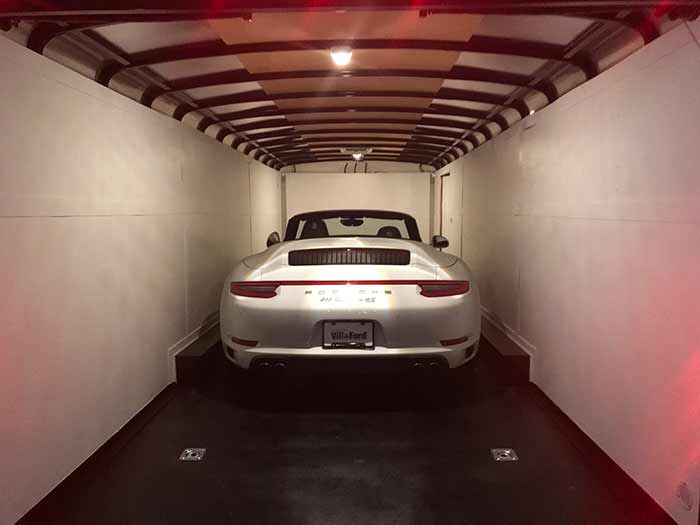From Miami to the Windy City
The third largest city in the US with a population of around 2.7 million. And more are moving to Chicago every year. Chicago Metro area has a population of over 9.5 million where, besides English, which is the official language, you will hear many other languages such as Spanish, Arabic, Polish, Russian and Chinese. It is a melting pot of cultures. This busy and densely populated city is vibrant, colorful, diverse and welcoming.
When moving from Miami to Chicago, the weather will be your biggest issue. We have to be honest here. Compared to Miami’s tropical climate with hot and humid summers and short, warm winters, Chicago is cold and snowy. Especially during the months of January and February when snow quickly turns into ice. They do not call it the Windy City for nothing! But don’t sweat it.
When spring and summer finally arrive, you will see what the fuss is all about. Those lovely months of spring and summer will be totally worth the wait. Fall as well. Chicago is different from Miami’s Art Deco style mixed with palm trees and colorful skies. You will soon notice Chicago’s huge variety of architectural styles, both historic and contemporary high-rise buildings that attract architecture students from all over the world.
Housing
Compared to Miami, Chicago’s neighborhoods are all distinct and you need to research properly before deciding where to move. It all depends on the area you will eventually pick, but if you decide to move anywhere near the heart of the city, expect the median prices of one-bedroom houses to vary from $1000 to $2000.
When looking for a house to buy or rent make sure you find a neighborhood that fits your personality and lifestyle. In the end, the neighborhood you choose will define your lifestyle. Downtown, the Loop, River North, and the New East Side tend to be the most preferred areas. They are the most convenient for commuting and offer plenty of things to see and do daily.
Public Transportation and Employment
With a robust and affordable public transportation system, it’s very easy to get around Chicago without a car. Chicago is also a bike-friendly city, with a bike score of 70 and more than 200 miles of biking paths throughout most neighborhoods.
Home to 29 Fortune 500 companies, Chicago and its suburbs has the third-largest GMP and the most balanced economy in the US. You will find plenty of job openings in these areas: manufacturing, government, real estate, publishing, insurance, healthcare, food processing, and more.
Moving to Chicago with a car
As with any other urban area, owning a car in Chicago is going to be somewhat expensive. Besides gas, car payments, insurance, you will also have to pay parking costs and depending on where you live in the city, you may also need a parking permit. Keep in mind that you will need to register your car within 30 days of after you become an Illinois resident. Check all requirements with your local DMV. Before getting your car licensed, you also need to obtain an Illinois auto insurance. If you own an electric vehicle, according to the Alternative Fuels Data Center (AFDC), you can apply for a registration fee reduction.
What to do in Chicago
First, you will enjoy its social scene, the fresh produce of farmer’s market, the streets, the music, the food and beer festivals, all the great restaurants and bars. Lake Michigan and parks such as Millennium Park, Lincoln Park, Grant Park, and Jackson Park are a real gem. With 26 miles of shoreline along Lake Michigan, you will also have plenty of beaches to visit in the summer. The 31st Street Beach, Montrose Beach, North Avenue Beach, Loyola Beach are just a few we recommend.
Do not forget to make some time for its many museums, galleries, fancy dinners, and theaters. The city is perfect for dogs as well so if you have a dog, use the time when you need to walk your pet to take a stroll down the city and discover new places on your own. Let yourself get lost in the history and sounds of the city. Bonus points if you get actually lost.

